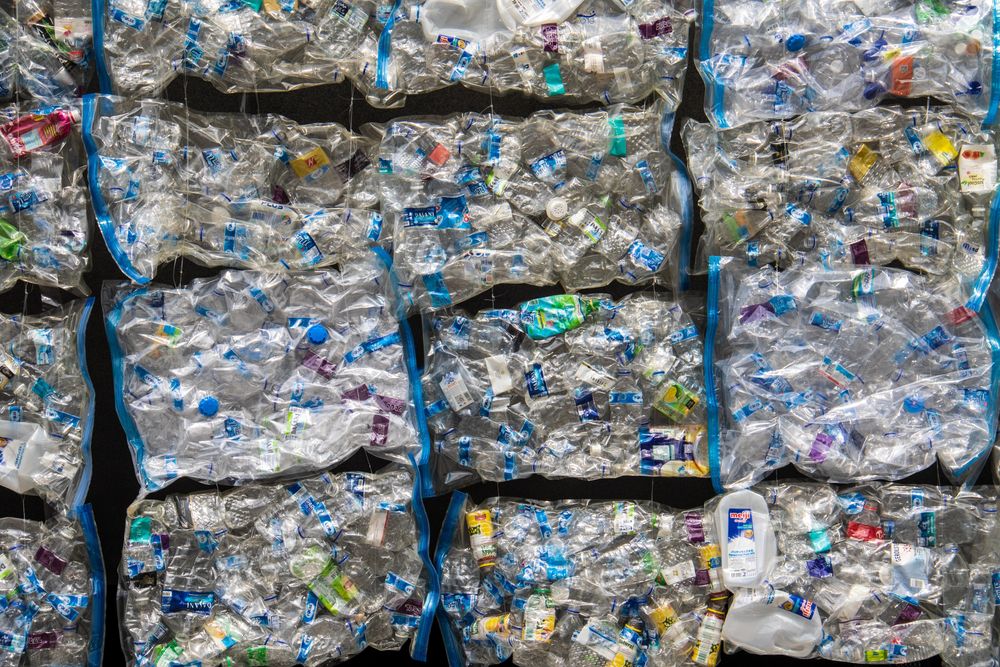Consumer goods
People should never have to work in inhumane conditions just so we can have cheaper clothes, food or gadgets, but this is happening every single day. 1 in 185 people live in modern slavery today, and nothing will change unless the indifference of companies, workers and consumers changes. Looked at another way, all those who participate in the production of goods should have a share in the wealth they generate.
There are many consumer goods with long supply chains which are known to be significant contributors to human rights abuses or very poor working conditions. Many also contribute to environmental issues such as deforestation. Low-cost clothing, fish and lithium ion batteries for phones and laptops are just some examples of goods with particularly high risks.
Fashion - “The True Cost” documentary provides a good introduction to some of the issues within the fashion industry, while the Clean Clothes Campaign has a range of resources, global and region-specific. Fashion Revolution has a manifesto for how the fashion industry needs to change (which workers can sign).
Food and beverages - These supply chains cut across human rights, environmental degradation and animal welfare issues. Fairtrade explains these issues within a range of these supply chains, while the BHRRC tackles issues including fish and wine.
- Does your company have a code of conduct for its supply chains? How stringently is it upheld?
- Can your company trace the raw materials for its products back to their origins (i.e. beyond just their direct supplier)?
- Does your company’s supply chain operate in any particularly “at risk” regions?
Durability and Waste

The generally desired goal of a circular economy is some way off, but some product cycles are particularly short-lived, contributing to environmental degradation (not to mention poor consumer outcomes). “Fast fashion” is a particular example of this, while on the other end of the spectrum is the practice of high-end fashion producers burning unsold stock to preserve their brand value.
Food waste is one of the most urgent problems in this area; around one-third of food produced is thrown away, including by supermarkets and retailers, at a time when so many go hungry.
In addition to the main product itself, so many products are wrapped in unnecessary packaging, which ends up in landfill or shipped around the world. Our planet is choking on plastics; let’s not use them unless we have to.
What you need to know - The Plastic Pollution Coalition has a number of different resources related to the problem of plastic and solutions. For clothing, a Sustainable Clothing Action Plan sets out how to design clothing for longevity and how companies can facilitate consumer recycling.
The Plastic Waste-Makers Index has found that 100 companies produce 90 per cent of all single-use plastic waste generated globally. Of approximately 300 polymer producers operating globally, this small fraction hold the fate of the world’s plastic crisis in their hands.
- Is the life cycle of my company’s products shorter than that of its peers?
- How does my company dispose of waste and unsold products?
- How much packaging is used for my company’s products? Could it be reduced?
- Does my company use recycled materials in the production of its products and packaging?